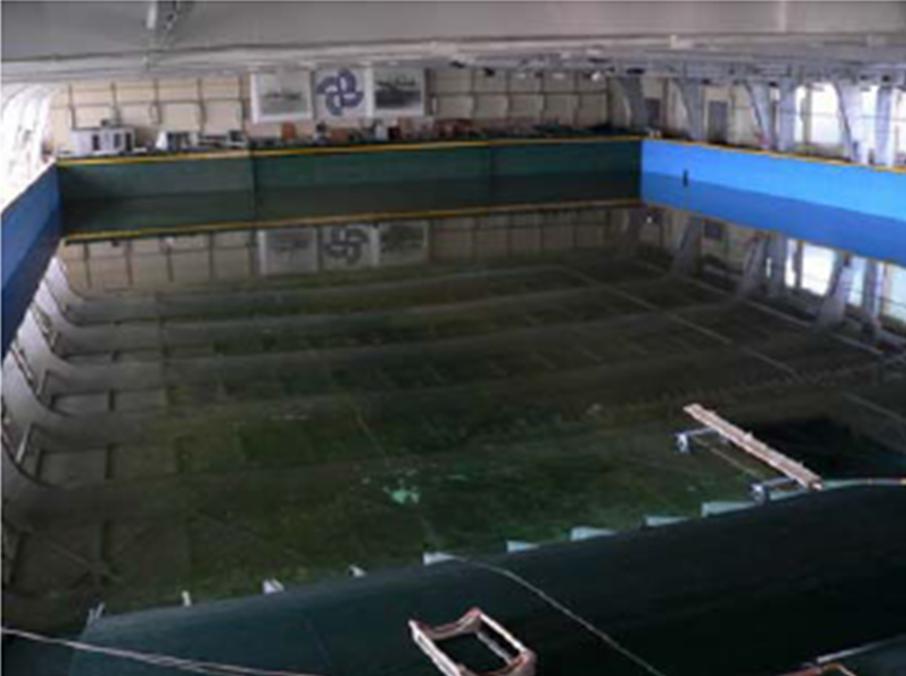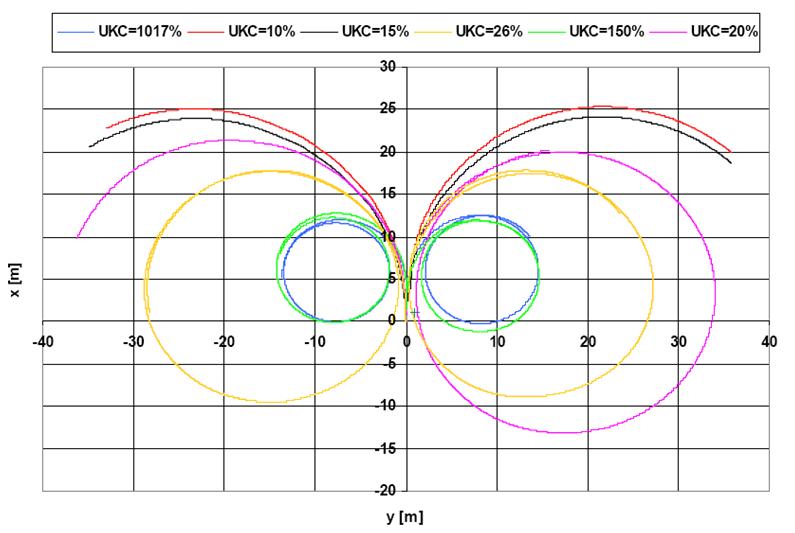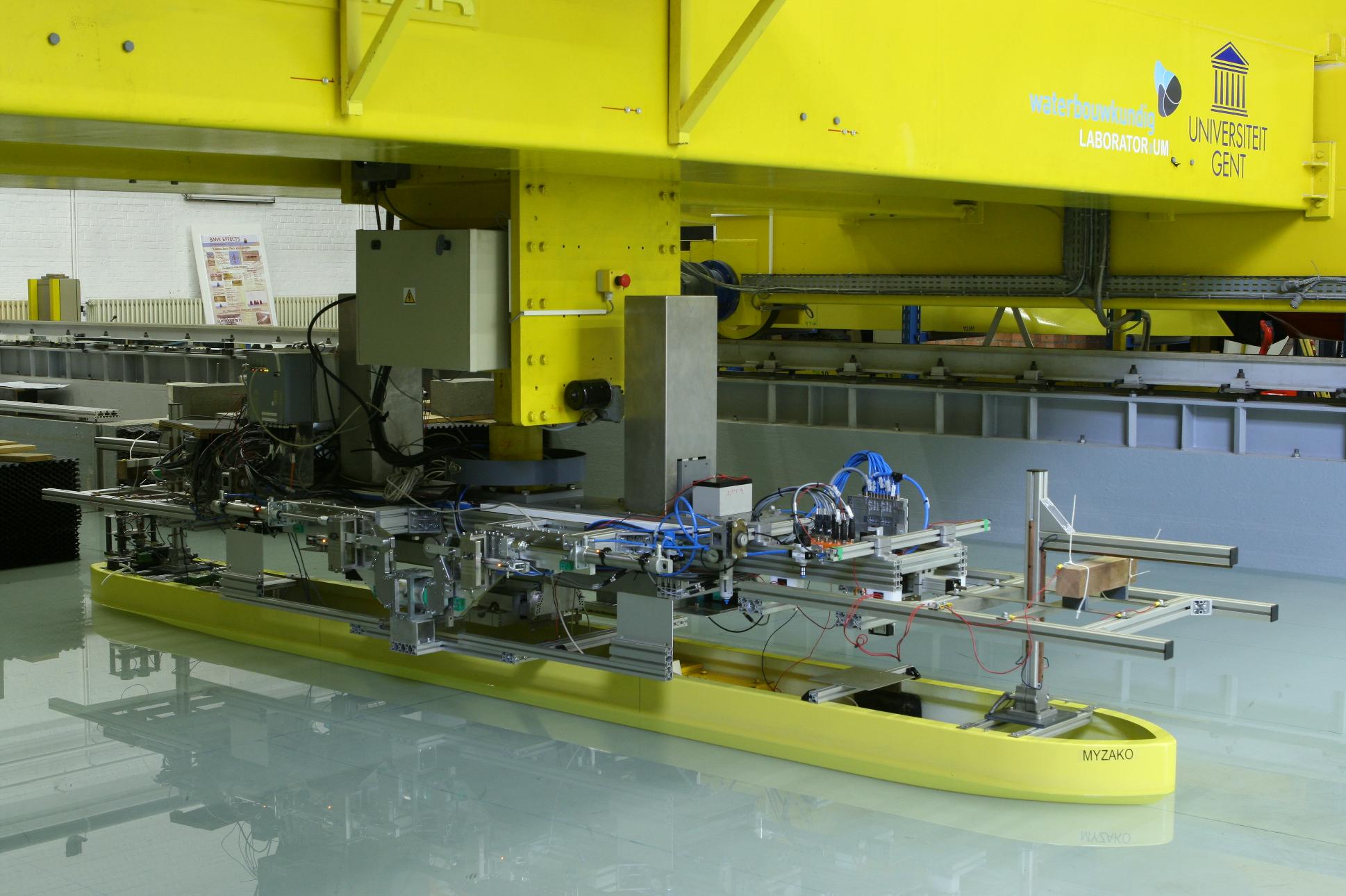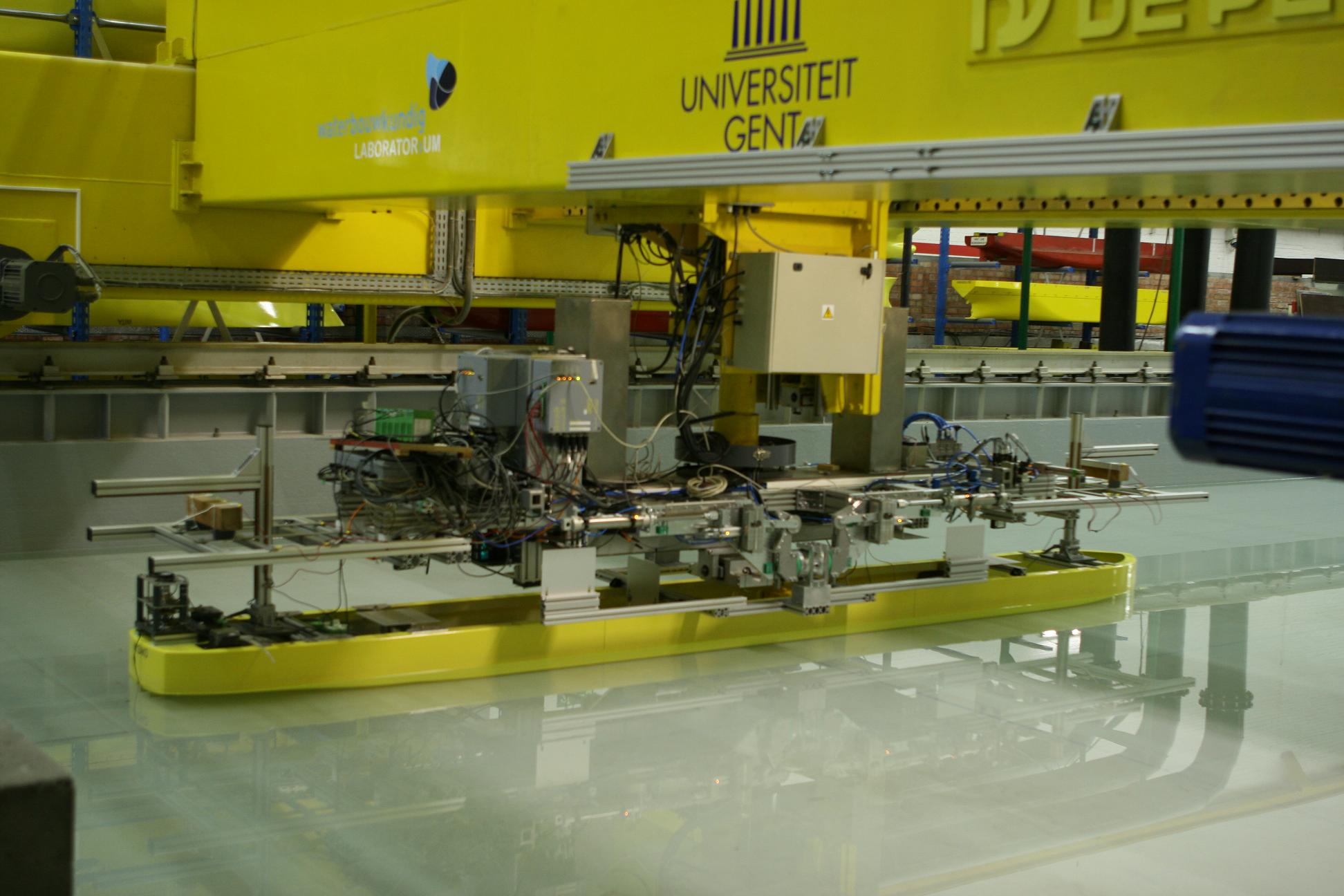Free Sailing Manoeuvring Tests & SIMMAN Workshop
Development of advanced track controllers
The present track-controller, developed and in use at Flanders Hydraulics Research and Ghent University, is rather advanced, although the performance of this control system does not always lead to a satisfactory result. In order to optimize the present model, intelligent and advanced control strategies need to be taken into account. Apart from the classic PID control theory, fast time simulation track controllers can be based on fuzzy adaptive logic control, neural network control, and other more advanced or sophisticated tracking control algorithms.
The developed track-controller will be validated by means of the model tests in the Towing Tank for Manoeuvres in Shallow Water (FHR), and will be applied in the fast time simulator. The development of a more powerful controller for fast-time manoeuvring simulations, allowing the simulation of a total channel transit from pilot station to berth and vice versa, which can be applied in waterway design, assessment of safety of shipping traffic, voyage planning. Moreover, the developed control algorithms will also be applicable for control of unmanned vessels, development of automatic berthing procedures, etc.
Contributions to the SIMMAN Workshop
The purpose of the SIMMAN workshops is to benchmark the capabilities of manoeuvring prediction methods through comparisons with towing tank results for different test cases. The second SIMMAN workshop on Verification and Validation of Ship Manoeuvring Simulation Methods was held in Lyngby, Denmark from 8 to 10 December 2014. Institutes from all over the world participated in these studies. The Knowledge Centre took part in the workshop by executing model tests with the benchmark ships KVLCC2 (= a tanker) and KCS (= a container ship), by developing system-based mathematical models for the KVLCC2 and by numerically repeating selected tests with the KVLCC2 using Computational Fluid Dynamics (CFD).
The workshop was subdivided into nine thematic sessions and Prof. Eloot of the Knowledge Centre chaired the session on shallow water. One of the objectives of the session was to prove the capabilities of the simulation models of different institutes for the prediction of ship behaviour in shallow water, with under keel clearances of 50 and 20% of the ship's draft. The results of simulated turning circles and 10/2.5 and 20/5 zigzag manoeuvres were compared with the results of free-running manoeuvres executed with the KVLCC2 and KCS in the towing tank of Flanders Hydraulics Research and in the shallow water basin of MARIN. The results were diverse but promising, with close predictions of system-based and CFD-based models.
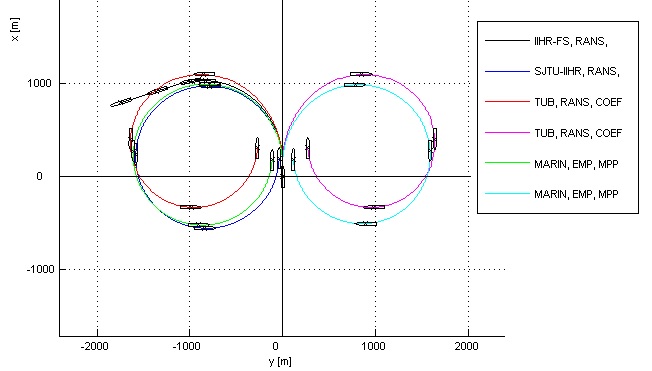
For the system-based modular mathematical models, three institutes applied three different methods for deriving the coefficients. MARIN used an empirical approach, Flanders Hydraulics Research used a method based om PMM tests and Hiroshima University used a method based on CMT tests combined with CFD predictions in the larger ranges of non-dimensional rate of turn. For the CFD-based models two different techniques had been used. The University of Iowa (IIHR) and Shanghai Jiao Tong University applied full RANS calculations of the turning circle and zigzag manoeuvres with operating propeller and rudder.The Technical University of Berlin used a CFD-based derivation of the coefficients of an Abkowitz model.
An important conclusion of the workshop is that a clear and well-defined procedure for the execution of free-running manoeuvres is needed. Differences in for example the release procedure of the free-running ship model plays an important role in setting the initial conditions. Furthermore, special attention is required for the exact replay of free-running manoeuvres in system-based and CFD-based predictions. For example, each deviation in the settings of rudder angles has an impact on the stationary and non-stationary manoeuvres.
Free Sailing Manoeuvring Tests
With the scientific support of Ghent University, Flanders Hydraulics Research has been developing mathematical models for ship manoeuvring since 1992. The models are based on captive model tests executed in the towing tank. The execution of captive model tests where the ship model follows a prescribed track gives the advantage of being able to measure the hydrodynamic forces acting on the ship model.
The model tests have especially been used for predicting the manoeuvring behaviour of a ship in both deep and shallow water. According to PIANC, shallow water has an effect once the underkeel clearance (UKC) is smaller than 50% of the ship's draft. These low UKC's are more the rule than the exception in Flanders so that the influence of shallow water on the turning characteristics of ships has always been of interest. As these characteristics like advance, transfer and tactical diameter increase for most ships with decreasing UKC, the predicted characteristics using mathematical models must be validated.
To this purpose, Flanders Hydraulics Research is able to implement a free-sailing device in the existing towing tank, which is attached to the main carriage so that free-sailing tests can be executed in the 7 m wide towing tank. Nevertheless, due to the small width of the tank only some standard manoeuvres can be executed (acceleration, deceleration, crash stop, zigzag tests)
In addition, several new ship models of different ship types have been constructed over the years so that the ship model database represents all ship types coming to the ports of Flanders.
